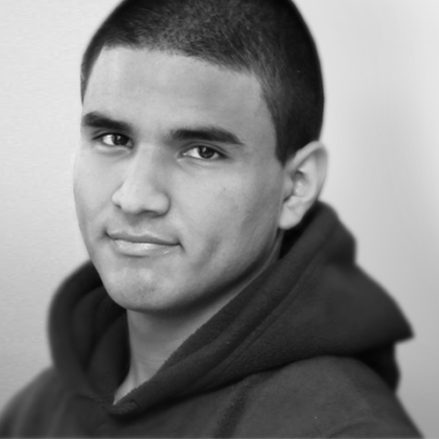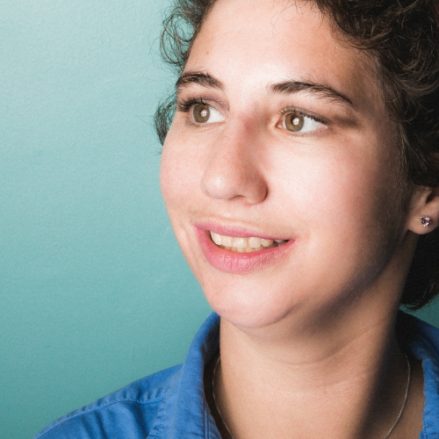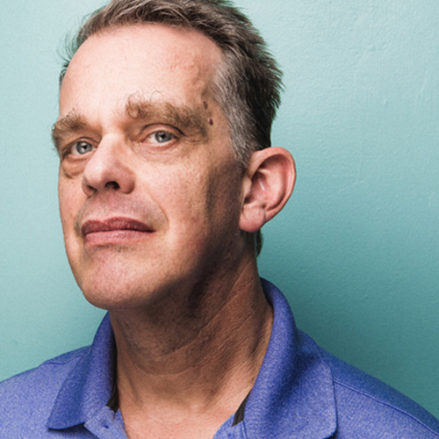In our work with the individuals we support, the tools we use also support the need for remote learning. For many people, thinking of teaching online right now leads them to think of the millions of school-age students, but remote teaching is just as crucial for agencies that support adults with disabilities right now.
Teaching life skills through distance learning can be tough sometimes. With the right tools, your learners can stay on track with their goals.
However, there are some aspects of teaching that need to be adjusted in order to make remote learning successful for everyone involved. In this blog, we’ll explore 3 ways that you can adjust your classroom and teaching to make this transition easier for your learners.
1. Measure Progress
How do you measure progress among your learners? Do you operate with a grade system, or do you award points for completing tasks? Whatever your methods, you may find that you need to adjust how you have assessed growth in the past.
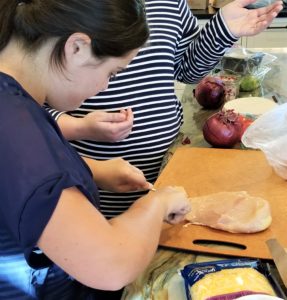 With My Full Life, the online learning management system we use, our tutors can track progress without assigning grades. Instead tutors can ask an individual some questions related to the skill they are learning.
With My Full Life, the online learning management system we use, our tutors can track progress without assigning grades. Instead tutors can ask an individual some questions related to the skill they are learning.
In this way, our system of measuring progress is a little like a pass/fail system. Though we don’t use that exact system, learners can either demonstrate they have learned a skill or they can continue working on it. Could this method work for your learners?
2. Utilize Accessibility Features
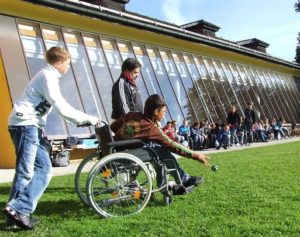 Historically, the term accessibility has referred to physical places. For example, one aspect of making a building accessible is including a ramp or there are no steps to enter. In digital spaces, however, accessibility means that anyone, regardless of ability, can access that website or resource.
Historically, the term accessibility has referred to physical places. For example, one aspect of making a building accessible is including a ramp or there are no steps to enter. In digital spaces, however, accessibility means that anyone, regardless of ability, can access that website or resource.
To ensure all of your lessons are accessible, it can be necessary to provide multiple ways learners can engage with the material. That could mean recording a video and ensuring that all of the subtitles are accurate, or it could mean providing a reading lesson along with an audio recording of the material.
Each lesson you have may be different. A good place to start during lesson development might be including a routine question to ask: How can this lesson be accessible to the greatest number of learners?
3. Allow Each Other Grace
One final key aspect to teaching remotely is to allow grace for both yourself and your learners. These are challenging times for all of us. From day to day, how we feel can seem unpredictable during these stay-at-home policies.
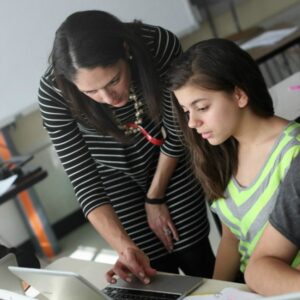 All we can do in the meantime is be understanding of one another. A learner may have more trouble focusing than usual, or their internet connection may be down. By allowing each other to have space in these strange times, we can all get through this together.
All we can do in the meantime is be understanding of one another. A learner may have more trouble focusing than usual, or their internet connection may be down. By allowing each other to have space in these strange times, we can all get through this together.
Throughout these stay at home policies, we have all moved our lives online as much as possible. But we all know that this is not a perfect fit. Until we can start returning to a sense of normalcy, these 3 adjustments can help you and your learners through remote learning.

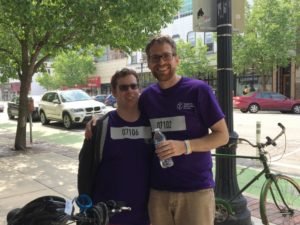 Two years ago, Independent Futures partnered with an agency on the west side of Chicago. One of our tutors, Rob Larson, initially trained our new partner on what it meant to provide person-centered service.
Two years ago, Independent Futures partnered with an agency on the west side of Chicago. One of our tutors, Rob Larson, initially trained our new partner on what it meant to provide person-centered service. 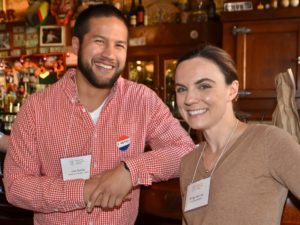 Jake Rohde, a training consultant and tutor, visited the agency late this summer. Whereas Rob taught the organization about our philosophy, now Jake would work to help implement the My Full Life tool.
Jake Rohde, a training consultant and tutor, visited the agency late this summer. Whereas Rob taught the organization about our philosophy, now Jake would work to help implement the My Full Life tool. 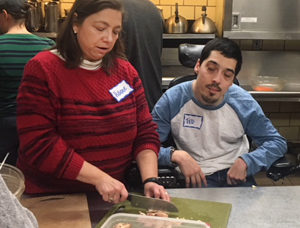 Since then, Linda’s behavior has changed dramatically. Like everyone does, she still may have difficult days. But at the end of most days, Linda visits her coaches and fellow participants with a calendar, marks off the day, and she eagerly tells each of them, “Today was a good day.”
Since then, Linda’s behavior has changed dramatically. Like everyone does, she still may have difficult days. But at the end of most days, Linda visits her coaches and fellow participants with a calendar, marks off the day, and she eagerly tells each of them, “Today was a good day.” Our partner’s next step is to continue interviewing their participants, building plans for each individual they serve. Jake will return to train the agency on using My Full Life as a goal-tracking and skill development tool.
Our partner’s next step is to continue interviewing their participants, building plans for each individual they serve. Jake will return to train the agency on using My Full Life as a goal-tracking and skill development tool.  IEPs, or Individualized Education Plans, are meant to be documents supporting the development of a student with disabilities. Required by law under IDEA (
IEPs, or Individualized Education Plans, are meant to be documents supporting the development of a student with disabilities. Required by law under IDEA (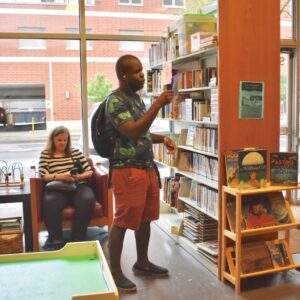 For this tip, teachers and family members can work together. Focus on the student. This may sound simple, but it is actually a much more involved process. Educators can focus on teaching students how to create their own measurable goals. Once the student understands
For this tip, teachers and family members can work together. Focus on the student. This may sound simple, but it is actually a much more involved process. Educators can focus on teaching students how to create their own measurable goals. Once the student understands  Using our Full Life Model™, transition teachers at Lake Zurich help their students set goals and identify obstacles. “I love the visual representation of all of the areas of a full life,” said Annamarie Bader, special education teacher. “I feel like this gives us the structure to help students identify the goals they will need to work on to have a full life. It helps us concentrate on each student’s hopes and dreams.”
Using our Full Life Model™, transition teachers at Lake Zurich help their students set goals and identify obstacles. “I love the visual representation of all of the areas of a full life,” said Annamarie Bader, special education teacher. “I feel like this gives us the structure to help students identify the goals they will need to work on to have a full life. It helps us concentrate on each student’s hopes and dreams.” 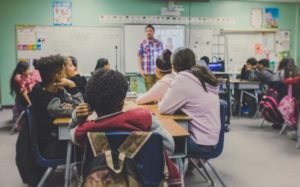 The Independent Futures’ curriculum,
The Independent Futures’ curriculum, 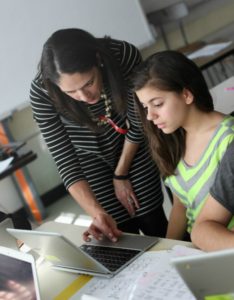 All of the components of My Full Life result in real improvements in students’ lives. Annamarie can use My Full Life to track IEP goals, conduct skill assessments, and see each component of full lives. And students can take this information with them into their future. “It’s helpful to have something for students to take with them after leaving the program at 22,” Annamarie explained.
All of the components of My Full Life result in real improvements in students’ lives. Annamarie can use My Full Life to track IEP goals, conduct skill assessments, and see each component of full lives. And students can take this information with them into their future. “It’s helpful to have something for students to take with them after leaving the program at 22,” Annamarie explained.  Last Thursday, Center for Independent Futures hosted an educational and engaging panel event at 1871 focusing on inclusive technology in Chicago. When developing our online learning management system, My Full Life, Independent Futures chose to focus on creating inclusive technology that would support adults with disabilities. In the last year, our consultants have met other technology professionals doing similar work. We were honored to bring these experts together for a conversation bringing accessibility and inclusion to the technology field.
Last Thursday, Center for Independent Futures hosted an educational and engaging panel event at 1871 focusing on inclusive technology in Chicago. When developing our online learning management system, My Full Life, Independent Futures chose to focus on creating inclusive technology that would support adults with disabilities. In the last year, our consultants have met other technology professionals doing similar work. We were honored to bring these experts together for a conversation bringing accessibility and inclusion to the technology field. 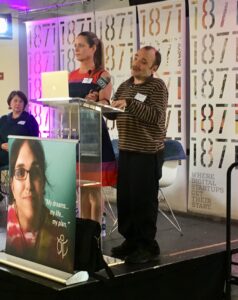 One of our community members, Jake, kickstarted the event by explaining how technology helps him in his daily life. Using screen readers, Jake is able to navigate the world and stay informed. His phone and computer both support him in living his full life. In fact, Jake used a screen reader to introduce our moderator, Roger Liew of
One of our community members, Jake, kickstarted the event by explaining how technology helps him in his daily life. Using screen readers, Jake is able to navigate the world and stay informed. His phone and computer both support him in living his full life. In fact, Jake used a screen reader to introduce our moderator, Roger Liew of 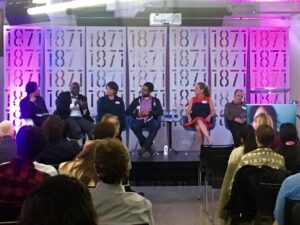 into the design process for developers. He noted, “Accessibility at big companies tends to start with compliance, but it has to move forward.” Cameron agreed, but she says even that isn’t enough. “People should start to look beyond big tech to companies like these that are developing with accessibility and inclusion in mind.”
into the design process for developers. He noted, “Accessibility at big companies tends to start with compliance, but it has to move forward.” Cameron agreed, but she says even that isn’t enough. “People should start to look beyond big tech to companies like these that are developing with accessibility and inclusion in mind.” 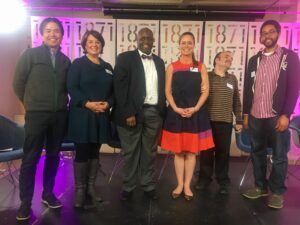 Richard expanded on this idea, explaining the biggest barrier for some people with disabilities has simply been “the technology catching up to they want to do. With technology, they can live their best full life.”
Richard expanded on this idea, explaining the biggest barrier for some people with disabilities has simply been “the technology catching up to they want to do. With technology, they can live their best full life.”  Center for Independent Futures partners with agencies that strive to create a society enriched by the inclusion of individuals with disabilities.
Center for Independent Futures partners with agencies that strive to create a society enriched by the inclusion of individuals with disabilities.  To turn hopes and dreams into reality, our My Full Life process provides structured tools such as the Skills Inventory to help families develop a roadmap to independence. “You don’t know what you don’t know,” reflects Nancy. This realization led Nancy to go a step further with My Full Life by seeking our Skills Inventory certification.
To turn hopes and dreams into reality, our My Full Life process provides structured tools such as the Skills Inventory to help families develop a roadmap to independence. “You don’t know what you don’t know,” reflects Nancy. This realization led Nancy to go a step further with My Full Life by seeking our Skills Inventory certification. 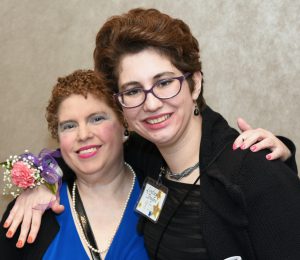 As the demand for person-centered tools increases locally and nationally, we are ready to work with organizations like Club 21. Nancy observes, “I think we are reimagining what life with a disability looks like. I think it’s the job of Center for Independent Futures and Club 21 to redefine disability from the start.”
As the demand for person-centered tools increases locally and nationally, we are ready to work with organizations like Club 21. Nancy observes, “I think we are reimagining what life with a disability looks like. I think it’s the job of Center for Independent Futures and Club 21 to redefine disability from the start.”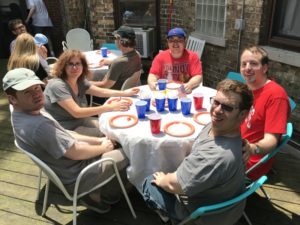 Historically, people with disabilities were institutionalized and excluded from society. However, over time American society has come to realize that institutions are not the answer. Moving away from institutions, states have largely chosen their own standards of care and have created new policies at varying rates.
Historically, people with disabilities were institutionalized and excluded from society. However, over time American society has come to realize that institutions are not the answer. Moving away from institutions, states have largely chosen their own standards of care and have created new policies at varying rates.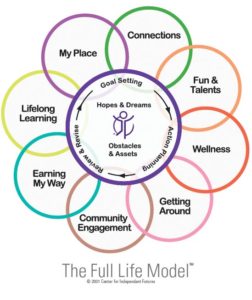 In our office, we think of person-centered care as continued evaluation of a person’s hopes and dreams – and the action steps necessary to achieve their goals. With our participants, we begin by meeting with the individual’s support group, made up of family, friends, and community members.
In our office, we think of person-centered care as continued evaluation of a person’s hopes and dreams – and the action steps necessary to achieve their goals. With our participants, we begin by meeting with the individual’s support group, made up of family, friends, and community members. 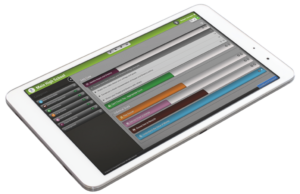
 Self-determination skills are developed through a combination of skills, knowledge, and beliefs. Those pieces of self-determination help people engage in goal-directed, self-regulated, autonomous activity. Learning how to act in a self-directed manner empowers every student who gains these skills.
Self-determination skills are developed through a combination of skills, knowledge, and beliefs. Those pieces of self-determination help people engage in goal-directed, self-regulated, autonomous activity. Learning how to act in a self-directed manner empowers every student who gains these skills. Invest time in facilitating student-driven IEPs and transition planning, and check in with students to make sure they are prepared for meetings. All students are capable of being involved in planning their life.
Invest time in facilitating student-driven IEPs and transition planning, and check in with students to make sure they are prepared for meetings. All students are capable of being involved in planning their life.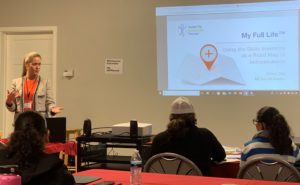 My Full Life Director Chrissy Dale also escaped to California during Chicagoland’s intense cold. Chrissy presented at the Tools For the Journey conference, hosted by Club 21. Using our Skills Inventory as a Road Map to Independence, Chrissy demonstrated how families can support the growth and development of their child.
My Full Life Director Chrissy Dale also escaped to California during Chicagoland’s intense cold. Chrissy presented at the Tools For the Journey conference, hosted by Club 21. Using our Skills Inventory as a Road Map to Independence, Chrissy demonstrated how families can support the growth and development of their child.  Learning self-advocacy means developing a set of skills that are based on self-knowledge, communicating your understanding, and knowing your rights. When educators teach self-advocacy skills to students with disabilities, that knowledge opens doors to success that might otherwise never have appeared.
Learning self-advocacy means developing a set of skills that are based on self-knowledge, communicating your understanding, and knowing your rights. When educators teach self-advocacy skills to students with disabilities, that knowledge opens doors to success that might otherwise never have appeared. 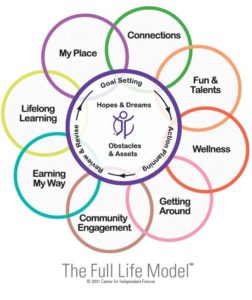 Teaching current students how to advocate for themselves is obviously crucial to their post-school success. But what about adults with disabilities who weren’t taught self-advocacy skills in school? My Full Life™ can help. An online learning management system,
Teaching current students how to advocate for themselves is obviously crucial to their post-school success. But what about adults with disabilities who weren’t taught self-advocacy skills in school? My Full Life™ can help. An online learning management system,